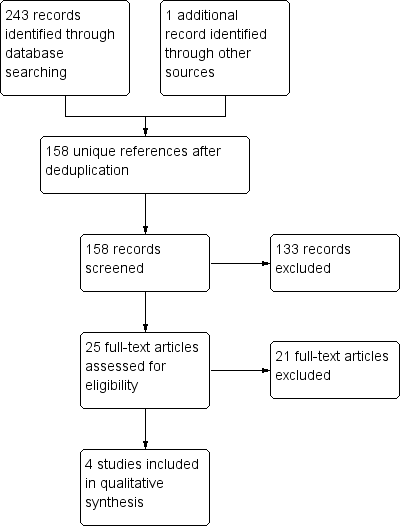Contenido relacionado
Revisiones y protocolos relacionados
Jinghuan Fang, Muke Zhou, Mi Yang, Cairong Zhu, Li He | 31 mayo 2013
Aleksandar Radunovic, Djillali Annane, Muhammad K Rafiq, Ruth Brassington, Naveed Mustfa | 5 octubre 2017
Michael Benatar, Jerome Kurent, Dan H Moore | 21 enero 2009
Eleanor James, Cathy Ellis, Ruth Brassington, Sivakumar Sathasivam, Carolyn A Young | 20 mayo 2022
Louisa Ng, Fary Khan, Carolyn A Young, Mary Galea | 10 enero 2017
Nigel L Ashworth, L E Satkunam, Dan Deforge | 15 febrero 2012
Daniel M Pastula, Dan H Moore, Richard S Bedlack | 12 diciembre 2012
Reto Baldinger, Hans Dieter Katzberg, Markus Weber | 18 abril 2012
Matthew J Parton, Hiroshi Mitsumoto, P Nigel Leigh | 23 abril 2008
Michel Beauverda, J D Mitchella, John HJ Wokke, Gian Domenico Borasio | 14 noviembre 2012







